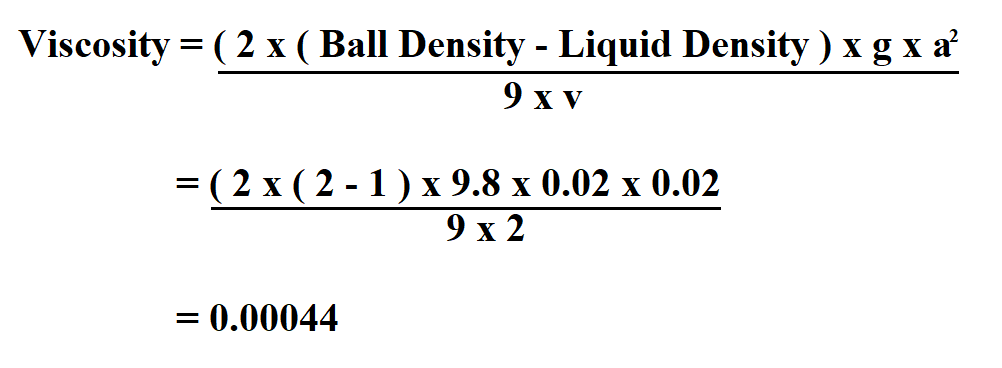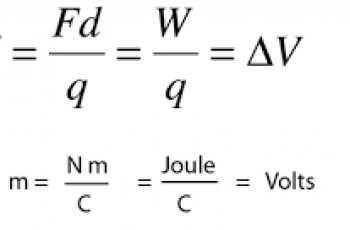Viscosity is a measure of a fluid’s resistance to flow.
Gathering viscosity data on a material gives manufacturers the ability to predict how the material will behave in the real world.
For example, if toothpaste does not have the correct viscosity, it can either be too difficult to pump out from the tube, or pump out too much.
The SI unit of dynamic viscosity is the newton-second per square meter, also frequently expressed in the equivalent forms pascal-second and kilogram per meter per second.
Formula to calculate viscosity.

Where;
- g = acceleration due to gravity = 9.8 m/s²,
- a = radius of ball bearing,
- and v = velocity of ball bearing through liquid.
Example:
If the density of water is 1kg/m³ and the density of a metallic ball is 2kg/m³ calculate the viscosity of water if the radius of the ball is 0.02m and its velocity bearing through water is 2m/s.

Therefore, water’s viscosity is 0.00044 newton-second per square meter.

